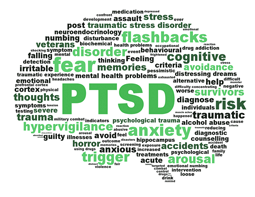As my classes work continues to be shared across the internet we have to ponder what we've done. What is the role of science communication? Are we making something that is both entertaining and educational or are we losing one at the cost of the other? In the few days since we started sharing our posts the videos, infographics and buzzfeed materials have been accessed and shared hundreds of times. Probably our biggest lesson is that these creations are not static, on part of our job as scientists and creators is to continue to interact with those who consume our "viral" infotainment. Below are questions that students are considering as their work continues to be shared.
Do you think that you’ve accurately translated your research
for the public? Is there any nuance that was left out or glossed over? In the
process of translation, what was easy for you and what was difficult for you?
Did you include citations like you would in a research
article or did you link to the research or did you leave off citations
completely? Do you think there will be a difference in what is shared between
how much “evidence” is included?
How much writing is a part of your project? Did you try to
communicate through what you wrote, the media you incorporated or a mixture of
both? Do you think the message that you tried to communicate is more easily
understood through the media or what you wrote?
The most viral content in neuroscience usually is about a
neuromyth (e.g., are you left- or right-brained) or attempting to explain how
some part of the brain contributes to an entertaining behavior (e.g., your
brain when you look at Facebook). Is your topic something that people want to
share? Are we limited in what people want to learn about neuroscience?
Do you think there are any copyright issues we have to be
aware of when creating these projects? Falling under the umbrella of education
everything should be considered fair use, however by using sites like buzzfeed,
imgur, and youtube, if we created truly viral content and sent people to these
sites, I would assume they would make advertising money, is that a problem?
Considering how our brain plays a role in almost everything
we do, should we require a minimal understanding of neuroscience across all
fields? As we’re considering in our debates on education and law, what role
does neuroscience play in your topic? Did it feel like a stretch trying to find
a neuroscientific explanation?










